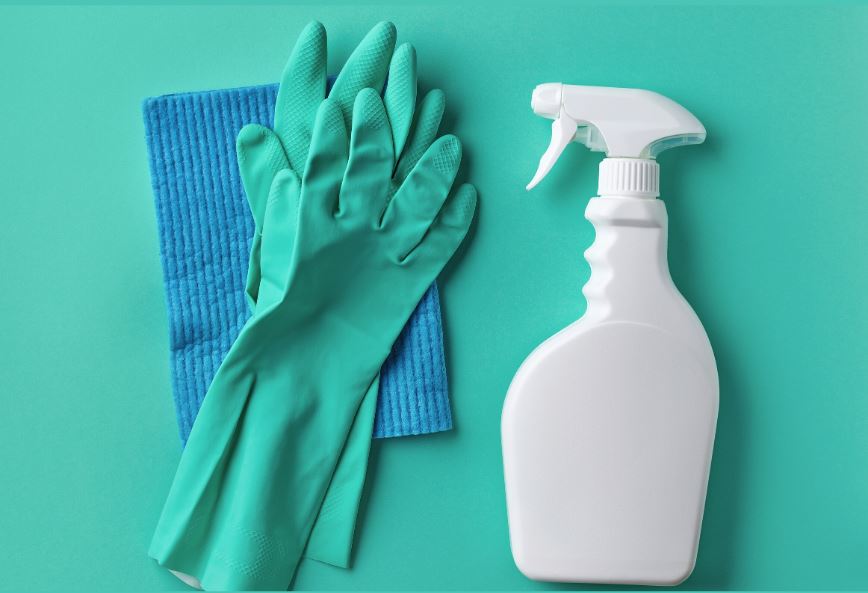With new stringent sanitation standards in schools and child care centres, is the only safe option plastic toys?
Do we have to walk back the naturalization of our classrooms?
Are the instructional resources at the heart of imaginative, self-directed play-to-learn strategies such as pebbles, feathers, fabrics, wood and all sorts of loose parts, now need to be tossed or set aside in a pandemic world?
As one teacher asked during our web workshop with Diane Kashin Rethinking Sharing, Remembering Play,
"How do I sanitize my blocks and natural materials?! I don't want to give them up!"
She's certainly not the only one.
Across Canada child care centres and classrooms are re-opening while keeping both children and staff safe in a world reshaped by COVID-19. In this third in a series of blog posts, based on what we've heard from centres that are opening or reopening we've organized some common hygiene strategies under three headings: Sanitizing/Washing, Individualizing and Rotating (SWIR).
As you'll see, these are generalized strategies based on what we know at the time of writing. Standards vary across Canada and our knowledge of COVID-19 is constantly changing. Please look for guidance from your local public health authority for specific up-to-date recommendations on routines and tools that will help keep educators, caregivers and children safe.
Sanitizing/ Washing
The word “sanitizing” often conjures up sights and harsh smells -- alcohol wipes, chemical sprays and bleaches etc.
But there are other ways to “make something hygienic and thoroughly free from germs,” which is how the Oxford Canadian Dictionary defines the term.
While traditional synthetic disinfectants can be harmful to natural materials, it is good to remember that soap and water can be effective sanitizers as are vinegar solutions.
Another more natural option are from
Benefect, a line of
hospital grade sanitizers and
super concentrated cleaners that are made from botanical, biodegradable ingredients and use no chemical masking agents, fragrances, petrochemicals or phosphates. Even their
spray-on disinfectant is a food grade sanitizer and does not require any cautions or warnings on their labels.
Benefect Disinfectant has a safety rating suitable for schools, child care and health care settings, and is made from plant essential oils -- specifically a high concentration of thyme.
While it depends on the specific cleaning compound, most natural soaps, such as Benefect can be used on hardwoods with a quality bonded finish, like Community Playthings furnishings, or even hardwood blocks.
It is best not to leave soap and water too long on wood while cleaning. And if you haven’t already done so, check a small area first with any new cleaning product or process, to make sure it doesn’t damage the finish.
Cloth of course can be washed in washing machine, including costumes, remnants or fabric floweys. Many dolls are washable too. Gentle cycle, cold water and or laundry bags all minimize the risk of damage.
New UV sanitizers use C-ultraviolet light to kill viruses and bacteria and other pathogens.
Not only are these devices a safe way to sanitize dolls, fabrics, but also hard materials, and even laptops, phones and tablets.
The UV Tech Tubs are available in September.
While the Touch Panel UV Sterilizer & Dryer is a great beside-the-sink option for drying dishes, cutlery and cups and is shipping right now.
Individualization:
Diane Kashin during our recent workshop spoke eloquently about the value of rethinking sharing. Perhaps it’s not so bad for children to have materials designated for them? Individualization allows for individual appreciation encouraging children to value and look after their instructional materials and toys.
Designating a kit of materials for an individual student and storing them separately reduces the need for sanitation.
This was the thinking behind our Single Student Creative Kits.
With storage solutions such as the Student's Personal Tub Kit and/or Personal Storage Tub Cart, centres and classrooms can implement their own individualization strategy for loose parts, desktop blocks and other such small materials.
Short of space? Chair pockets could be just the trick. These handy storage solutions turn unused individual student deskspace into storage.
And as most desks will have to be spread out in the classroom, there will be more of this sort of space to make use of.
Rotation
An interesting suggestion to combat virus spread that we have heard from reopened classrooms are rotation systems.
We know that if the virus is left on a surface without a host, it cannot survive. So some reopened centres are dividing supplies of blocks, loose parts and other items and then storing them lockable storage units such as:
The Toddler Shelf and Bin Hinged Storage and the Community Playthings Locking Low Storage Unit. Or a units with doors like Community Playthings Adjustable Shelf with Doors.
After a period of time -- recommended by their health department (we’ve heard everything from 5-10 days, as usual check with local recommendations/standards), they bring out the items again.
They may have to supplement materials or augment the supply of current materials like quality blocks, or some loose parts to make such a rotation system practicable. But this way, children are not necessarily deprived of working with important instructional materials just because sanitation is a challenge.
Has your centre, school or classroom come up with other strategies? Please share in the comments or send your suggestions to service@louisekool.com.























